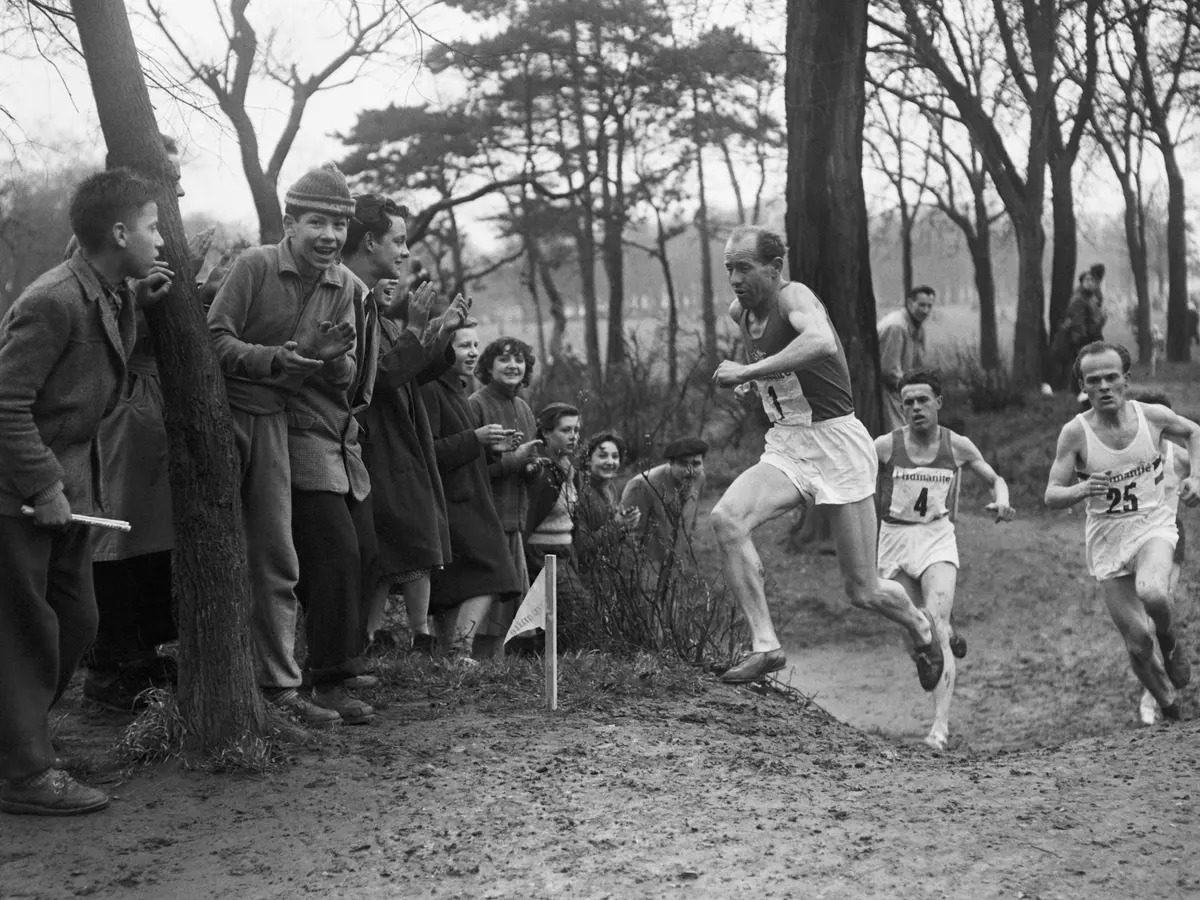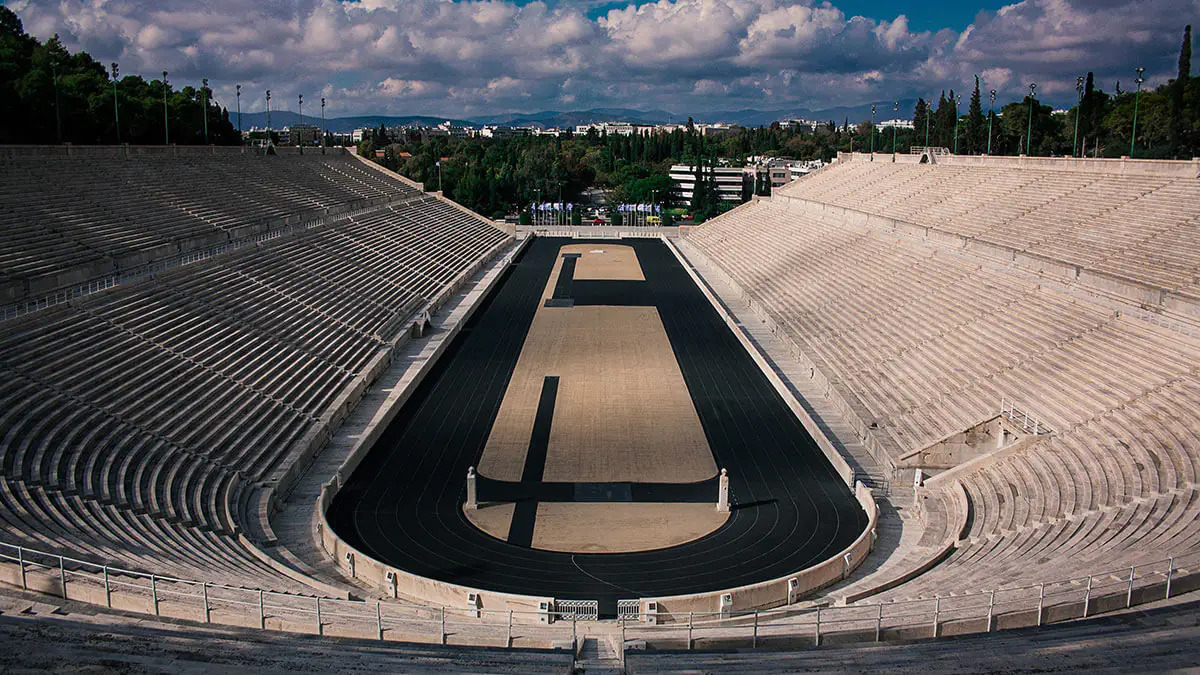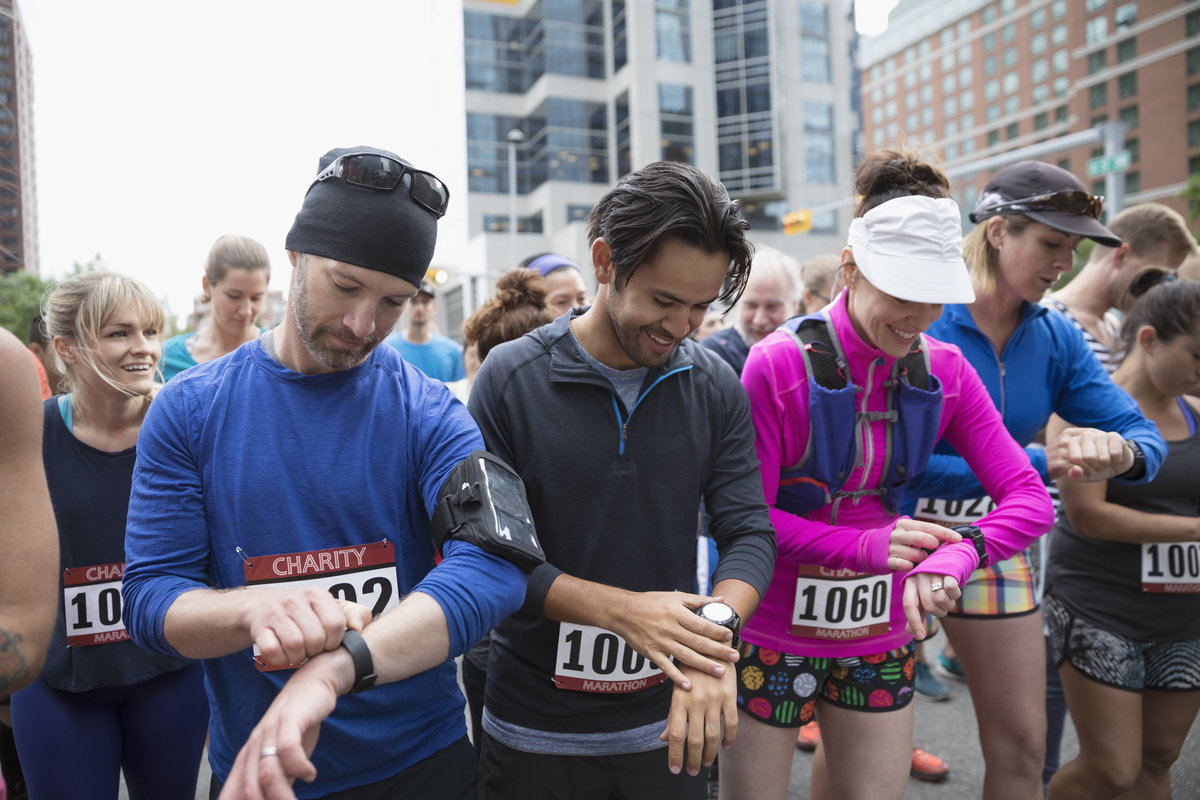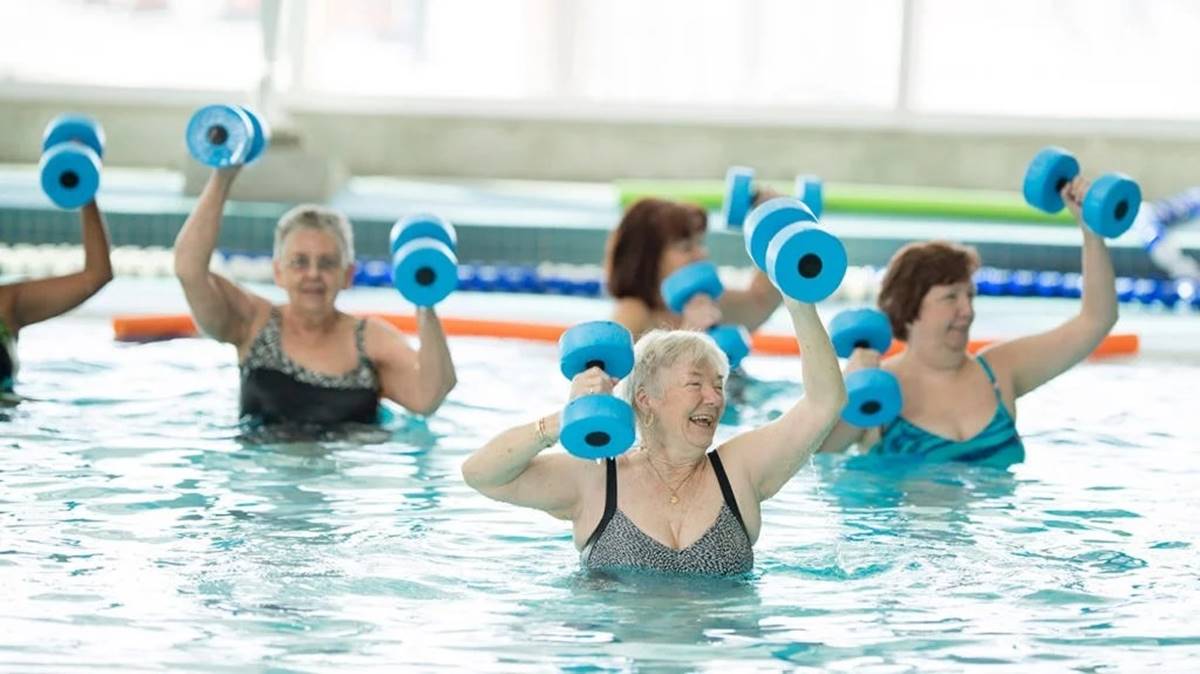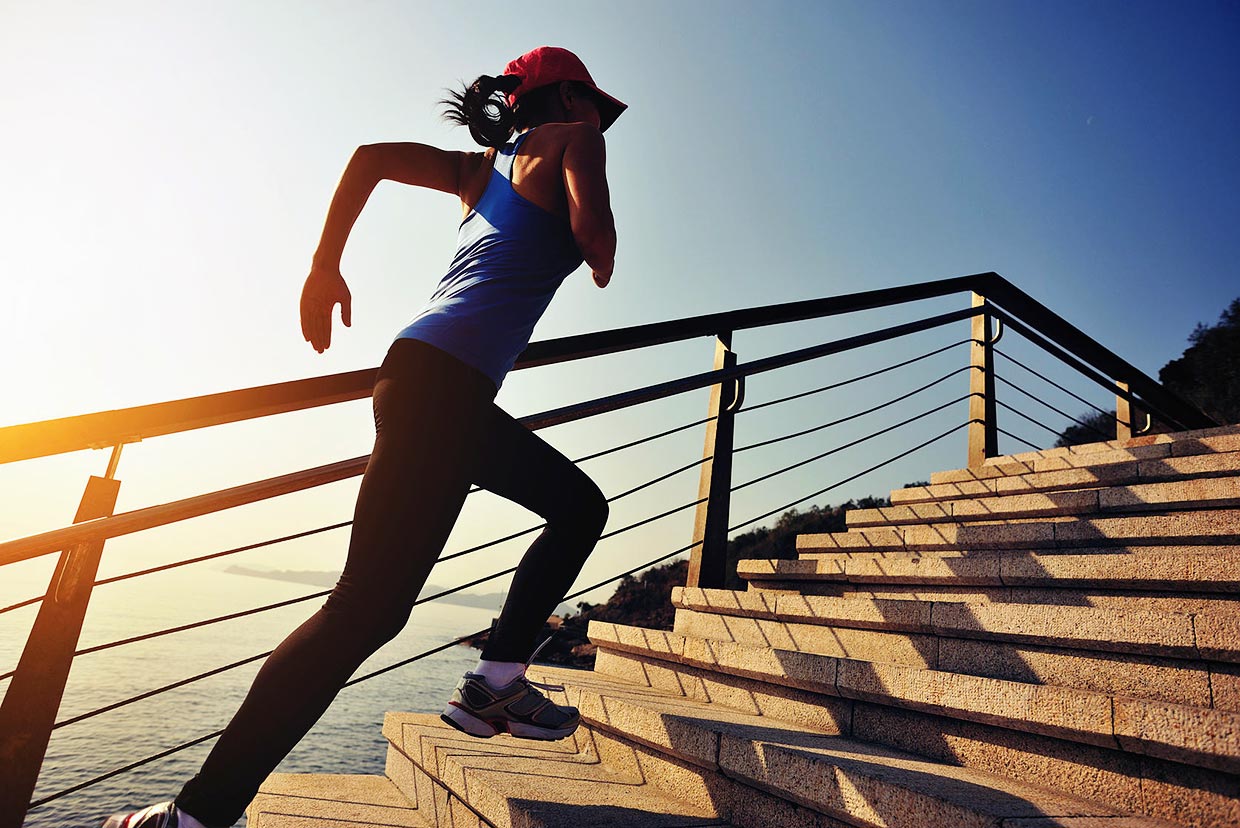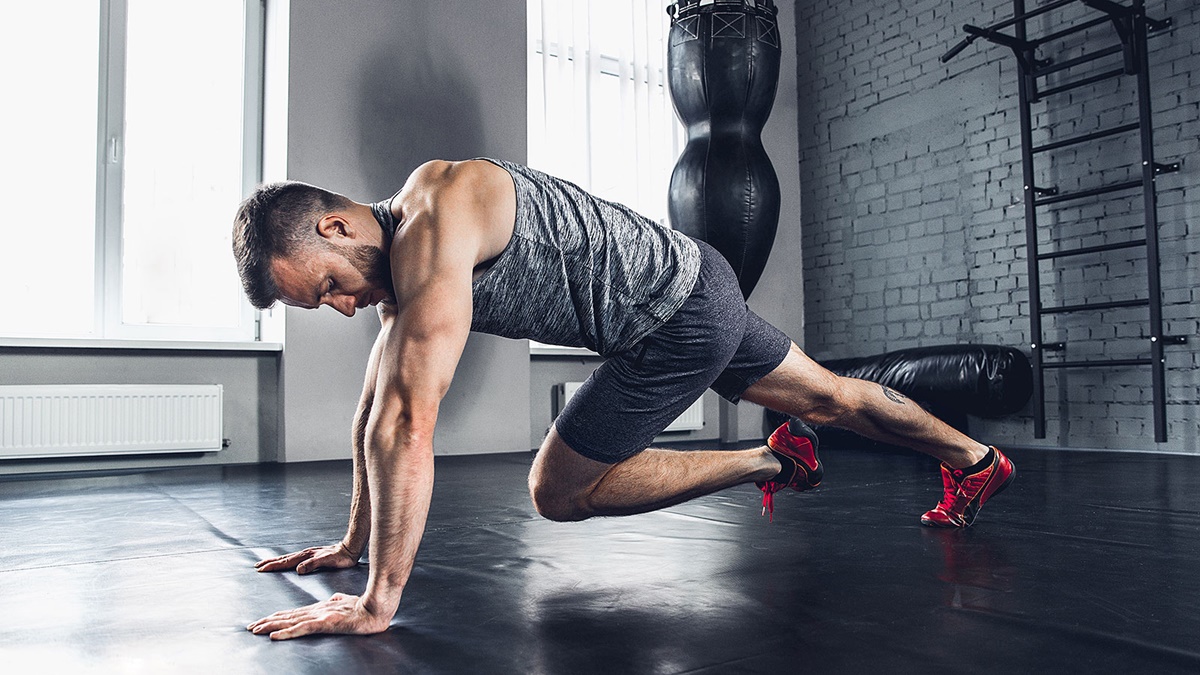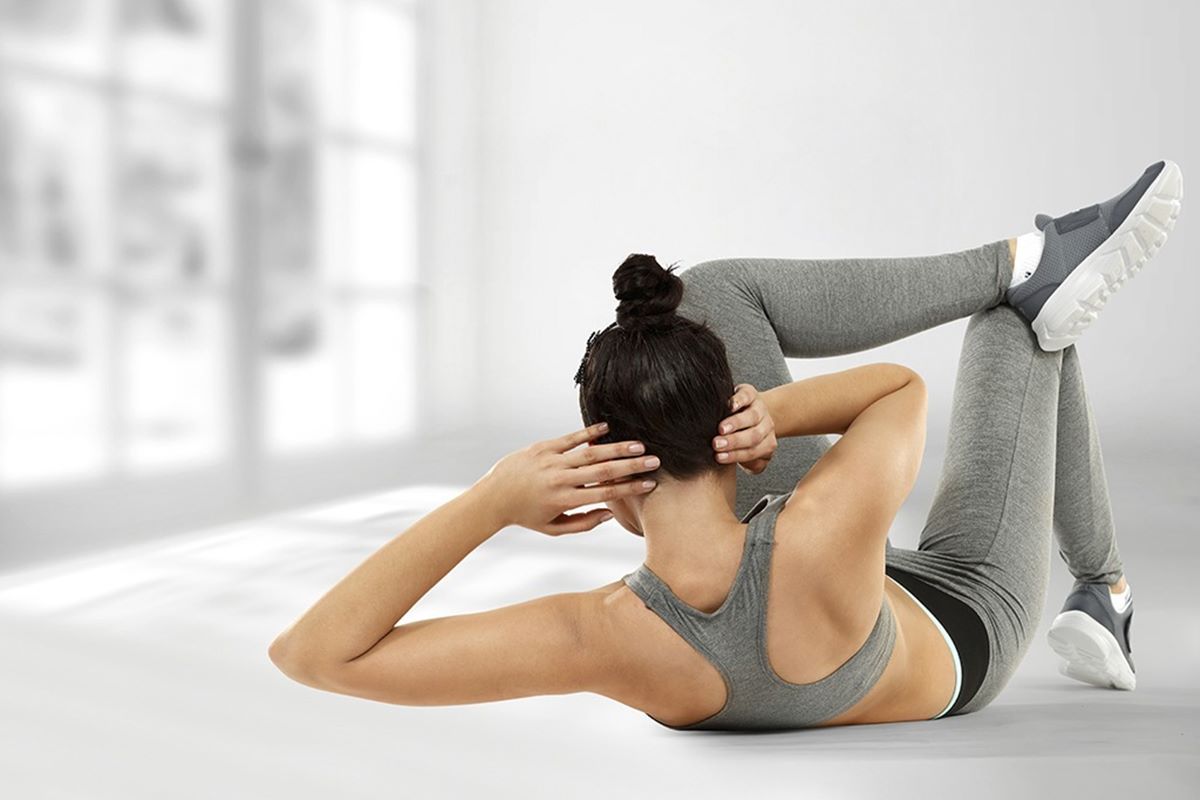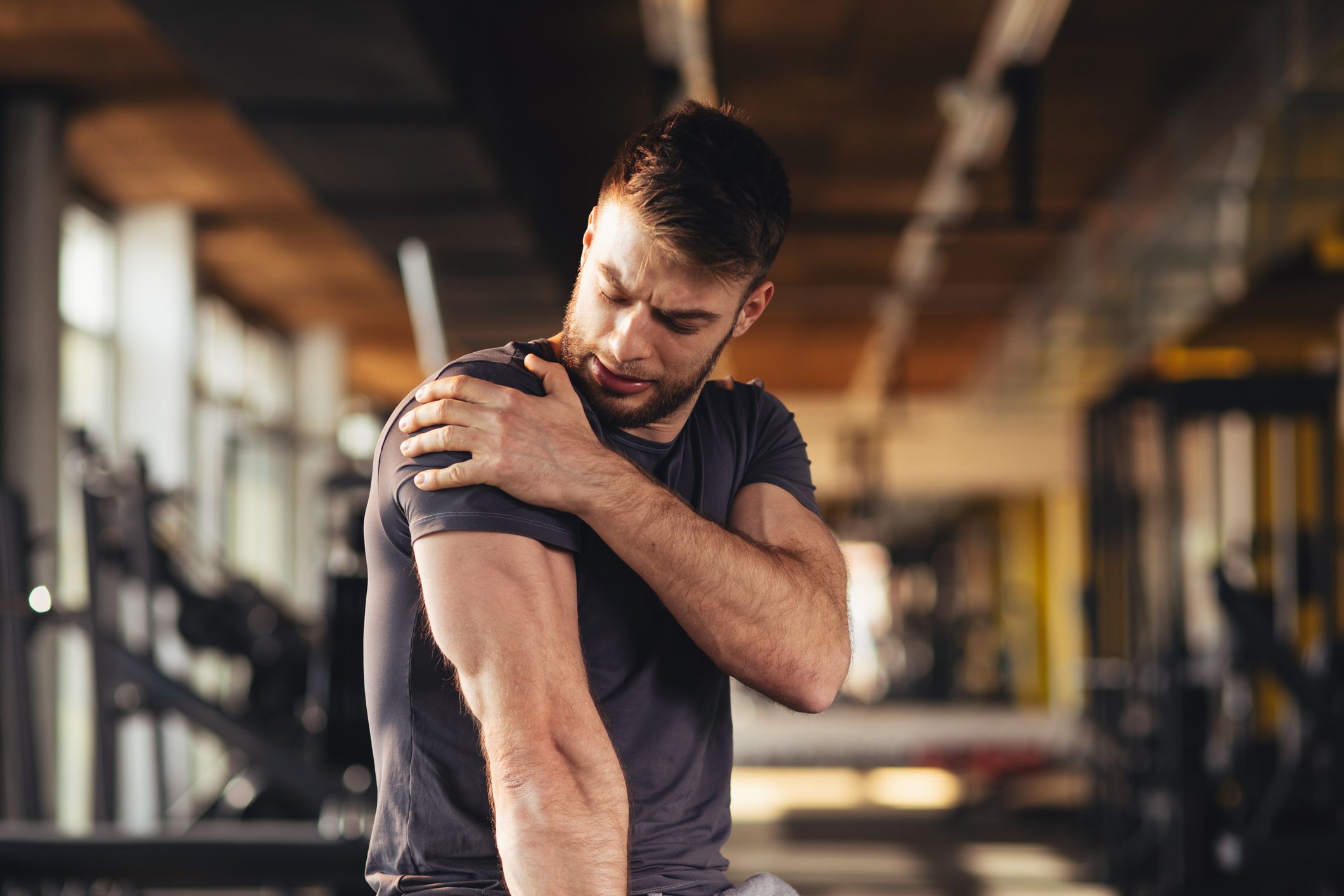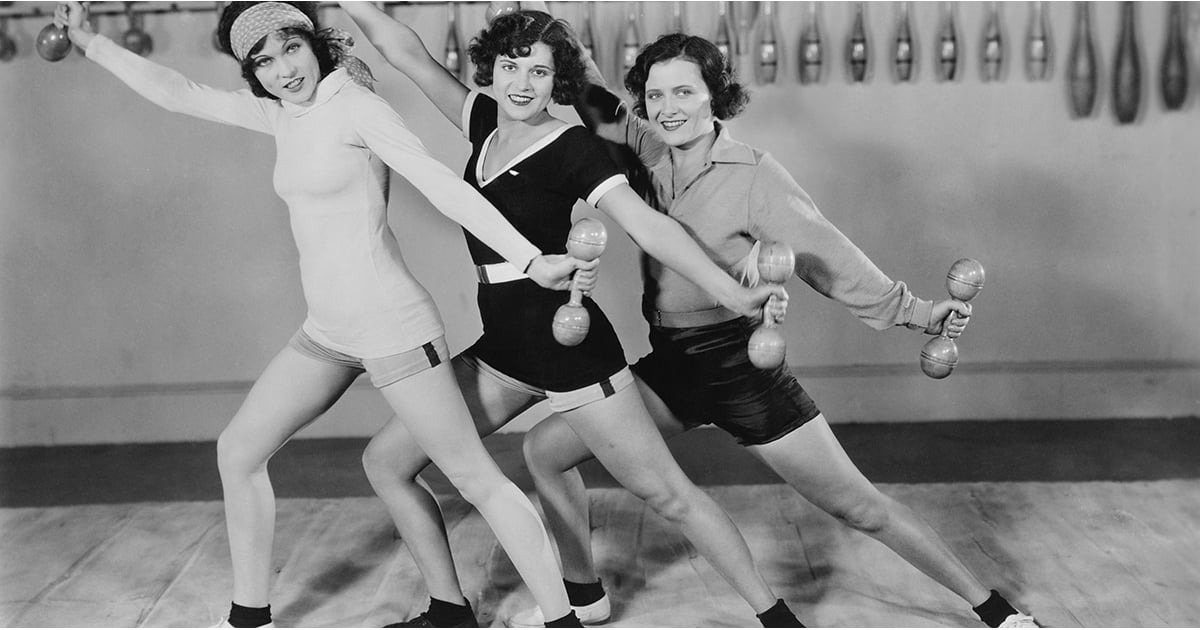

Featured
When Was Exercise Invented
Published: October 3, 2023
Discover the origins of exercise in this featured article. Learn when exercise was invented and how it has evolved over time.
Exercise in Ancient Times
The concept of exercise is not a recent phenomenon; in fact, it dates back to ancient times. From the early civilizations to the Greek and Roman empires, societies recognized the importance of physical activity for health and well-being.
In ancient Egypt, exercise was an integral part of daily life. The Egyptians engaged in various physical activities, including hunting, fishing, and working in the fields. They also practiced sports such as wrestling, archery, and swimming. Pharaohs and noblemen even had personal trainers to ensure they maintained physical fitness.
The ancient Greeks were renowned for their emphasis on physical fitness. They believed in the ideology of a sound mind in a sound body. Athletes in ancient Greece participated in events such as running, jumping, discus throwing, and chariot racing. The most famous athletic competition of that time was the Olympic Games, held every four years in Olympia.
In ancient Rome, exercise was not only seen as a means to maintain physical health but also as a way to train soldiers for warfare. Roman soldiers underwent rigorous training, including marching, running, and combat drills. Gladiatorial combat, though brutal, was also considered a form of physical exercise and entertainment for the spectators.
Ancient Chinese civilization also placed great importance on exercise, particularly in the form of martial arts. Kung fu, tai chi, and qigong were practiced to promote physical strength, flexibility, and balance. These exercises were believed to harmonize the mind, body, and spirit.
Indian civilization, with its roots in yoga, also recognized the benefits of physical activity. Yoga, developed thousands of years ago, combines physical postures, breathing exercises, and meditation to promote overall well-being.
In summary, exercise has been a fundamental aspect of human civilization since ancient times. From ancient Egypt to Greece, Rome, China, and India, different cultures recognized the importance of physical activity for health, strength, and endurance. These ancient practices laid the foundation for the exercise regimes we follow today.
Exercise in the Middle Ages
The Middle Ages, which spanned from the 5th to the 15th century, was a period characterized by feudalism, chivalry, and religious fervor. Exercise during this time had different purposes and was influenced by the social and cultural environment of the era.
One of the primary forms of exercise in the Middle Ages was jousting. Knights engaged in this martial sport as part of their training for combat and to showcase their skills. Jousting involved two mounted knights charging at each other with lances, aiming to knock their opponent off their horse. It required strength, agility, and horsemanship.
Archery was another popular form of exercise and warfare training. Archers played a vital role in medieval battles, and their skills were honed through regular practice. Archery competitions were also organized, allowing individuals to showcase their accuracy and skill with a bow and arrow.
Furthermore, medieval society promoted physical activity through various games and sports. One notable example is the game of “mob football,” which involved two teams kicking a ball towards goals at opposite ends of a town or village. Though often chaotic and rough, this game provided an outlet for physical exertion and social interaction among the participants.
Falconry, the art of training and handling falcons to hunt, was another activity that demanded physical stamina and coordination. Noble individuals, such as kings and knights, would engage in falconry as a form of recreation and to demonstrate their wealth and status.
However, it is important to note that the general population during the Middle Ages did not have as much leisure time for exercise. The majority of people were engaged in agricultural work or other labor-intensive activities to survive. Manual labor was their primary form of physical exertion, and recreational exercise was limited to the upper classes.
Overall, exercise in the Middle Ages was primarily focused on training for combat and demonstrating physical prowess. Activities such as jousting, archery, mob football, and falconry provided opportunities for physical exertion and skill development, but they were often exclusive to the nobility and knights. The majority of the population relied on manual labor for their daily exercise.
Exercise in the Renaissance Period
The Renaissance period, spanning from the 14th to the 17th century, was a time of cultural, artistic, and scientific growth. During this era, there was a renewed interest in physical activity, driven by a growing understanding of human anatomy and the connection between exercise and overall well-being.
One significant development during the Renaissance was the rise of fencing as a popular form of exercise and art. Fencing schools were established, and individuals of all social classes practiced the art of swordsmanship. Fencing not only provided physical exercise but also promoted mental agility and discipline.
Gymnasiums, or “houses of physical exercise,” became prevalent during the Renaissance. These establishments encouraged people to engage in various physical activities, including wrestling, weightlifting, and calisthenics. Gymnastics, as it was called, aimed to develop strength, flexibility, and coordination.
In addition, equestrianism continued to be highly valued during the Renaissance. The nobility practiced horseback riding as a leisure activity and for knightly competitions. Riding schools were established to teach proper horsemanship skills, emphasizing the connection between horse and rider.
The Renaissance also saw a rise in the popularity of outdoor recreational activities. Hunting and falconry remained common pastimes for the aristocracy, combining physical exertion with the thrill of the chase. Additionally, walking and hiking became popular among city-dwellers, providing a means to escape the urban environment and enjoy the beauty of nature.
The scientific advancements of the Renaissance brought about a deeper understanding of the human body and the benefits of exercise. Prominent figures like Leonardo da Vinci and Andreas Vesalius studied human anatomy, highlighting the importance of physical activity for maintaining good health and preventing various diseases.
Furthermore, the Renaissance period witnessed the emergence of treatises and manuals on physical exercise. These written works aimed to guide individuals on how to engage in proper exercise, emphasizing the importance of balance, moderation, and regularity.
In summary, the Renaissance period saw a resurgence of interest in physical activity. Fencing, gymnastics, equestrianism, outdoor activities, and a deeper understanding of human anatomy contributed to the promotion of exercise for health, skill development, and leisure. It laid the foundation for the modern approach to physical fitness that we continue to follow today.
Exercise in the 18th and 19th Centuries
The 18th and 19th centuries witnessed significant changes in society, technology, and the understanding of human health. During this time, exercise became increasingly popular among various social classes, and new forms of physical activity emerged.
The Industrial Revolution, which occurred in the 18th century, brought about advancements in technology and a shift in the working conditions of many people. With the rise of factories and urbanization, physical labor became less prevalent for the general population. As a result, individuals started to seek out organized recreational activities as a means to maintain their physical fitness.
With the advent of the Enlightenment, there was a growing awareness of the importance of exercise for health and well-being. Prominent physicians and thinkers of the time, such as Johann GutsMuths and Per Henrik Ling, advocated for systematic physical training and the development of physical education programs.
Gymnastics, or the systematic exercise of the body, gained popularity during this period. It was seen as a way to promote discipline, character development, and physical strength. Gymnastics movements involved various activities such as running, jumping, climbing, balancing, and vaulting. These exercises were often performed in gymnasiums or open-air spaces.
In the 19th century, there was a growing interest in outdoor recreational activities. The modern concept of the weekend emerged during this period, allowing individuals to have more leisure time for recreational pursuits. Activities such as swimming, cycling, and tennis gained popularity, providing opportunities for physical exercise and social interaction.
The rise of organized sports also occurred during the 18th and 19th centuries. Sports clubs and associations were formed, and competitive events were organized. Sports such as football (soccer), cricket, and rugby began to be codified and standardized, leading to the establishment of rules and regulations.
Women also started to participate in physical activities during this time, although they often faced societal obstacles in accessing sports and exercise. Nevertheless, there were prominent female figures who championed women’s involvement in physical education and sports, such as Catherine Beecher and Baron Pierre de Coubertin, the founder of the modern Olympics.
In summary, the 18th and 19th centuries marked a period of increased interest in exercise and physical activity. The rise of gymnastics, the popularity of outdoor sports and activities, and the formation of sports clubs contributed to the promotion of fitness and recreational pursuits. These developments set the stage for the further advancement of exercise in the modern era.
Exercise in the 20th Century
The 20th century witnessed significant advancements in technology, globalization, and the increased awareness of the importance of physical fitness. Changes in society and lifestyle paved the way for new forms of exercise and the popularization of fitness culture.
One of the most significant developments in the 20th century was the rise of organized sports at both amateur and professional levels. Competitive sports like football, basketball, baseball, and athletics gained immense popularity, attracting large audiences and inspiring individuals to participate in physical activities. These sports were further propelled by the establishment of leagues and organizations, such as the National Football League (NFL) and the Olympic Games.
In the early 20th century, there was a surge of interest in individual physical fitness and exercise. Influenced by leaders like Jack LaLanne, individuals started to focus on personal fitness goals, embracing activities such as weightlifting, calisthenics, and cardiovascular exercises. Fitness and health clubs, equipped with exercise machines and facilities, became commonplace.
Moreover, the mid-20th century saw the advent of group exercise and fitness classes. Aerobics, developed by Dr. Kenneth H. Cooper, gained popularity, featuring choreographed movements and music. Jazzercise, Zumba, and other dance-based fitness programs emerged, providing individuals with enjoyable and sociable ways to stay active and fit.
The rise of technology in the 20th century also revolutionized exercise and fitness. Exercise equipment, such as treadmills, stationary bikes, and ellipticals, became widely accessible for home use. Fitness tracking devices and smartphone apps also allowed individuals to monitor their physical activity levels and set fitness goals.
The latter half of the 20th century saw an increased focus on the connection between exercise and overall well-being. Exercise was recognized not only for physical health but also for mental and emotional well-being. Yoga and Pilates gained popularity, offering not only physical challenges but also stress relief and mindfulness.
Furthermore, the concept of corporate fitness programs emerged in the late 20th century. Companies realized the benefits of promoting employee wellness and introduced initiatives such as gym memberships, exercise classes, and wellness campaigns. This recognition of the link between exercise and productivity fostered a culture of health and fitness within the workplace.
Overall, the 20th century was characterized by the integration of exercise into various aspects of life. From organized sports to individual fitness pursuits and the incorporation of technology, exercise became increasingly accessible and ingrained in modern culture. The focus shifted from mere physical fitness to encompass overall well-being, making exercise an essential component of a healthy and balanced lifestyle.
Exercise in the Modern Era
The modern era, characterized by advancements in technology, globalization, and evolving societal trends, has brought significant changes to the world of exercise and fitness. With access to information, innovative exercise methods, and a growing emphasis on holistic well-being, exercise in the modern era has become more diverse, accessible, and customizable.
One of the prominent developments in modern exercise is the integration of technology. Fitness tracking devices, smartwatches, and mobile apps have made it easier than ever to monitor and track physical activity. These technologies provide real-time feedback, personalized workout plans, and motivation, helping individuals stay on track with their fitness goals.
Virtual fitness programs and streaming services have also gained popularity in the modern era. With the advent of online platforms, individuals can access a wide range of exercise classes and workout routines from the comfort of their own homes. This convenience and flexibility have significantly expanded access to fitness opportunities for people around the world.
The modern era has also seen an increased emphasis on functional training and cross-training. These exercise approaches focus on movements that mimic real-life activities and aim to improve overall strength, mobility, and coordination. Functional training includes exercises like squatting, lunging, and lifting, while cross-training involves participating in various activities or sports to achieve a balanced and well-rounded fitness level.
Awareness of the importance of mental and emotional well-being has also influenced exercise in the modern era. Many individuals now turn to exercise not only for physical fitness but also as a means to reduce stress, improve mood, and boost mental clarity. Mind-body exercises like yoga, meditation, and tai chi have gained popularity for their ability to promote relaxation and mindfulness.
The modern era has also seen a shift towards inclusive fitness. There is a greater recognition of the importance of making exercise accessible to people of all ages, abilities, and body types. Fitness facilities and programs now offer modified workouts, adaptive equipment, and trained professionals to accommodate diverse needs and create an inclusive environment.
Additionally, the rise of functional medicine and integrative approaches to health has led to a focus on personalized exercise programming. Instead of following a one-size-fits-all approach, individuals now seek customized exercise plans tailored to their specific goals, preferences, and health conditions. This individualized approach ensures that exercise optimizes overall health outcomes.
Overall, exercise in the modern era has evolved to meet the needs and preferences of a diverse population. The integration of technology, the emphasis on mental and emotional well-being, the focus on inclusivity, and the personalized approach to fitness have transformed the exercise landscape. As we continue to progress, it is likely that exercise will continue to evolve and adapt to new advancements and societal trends.
